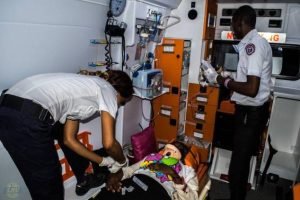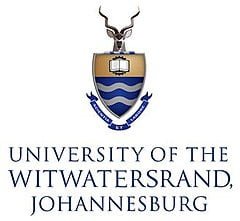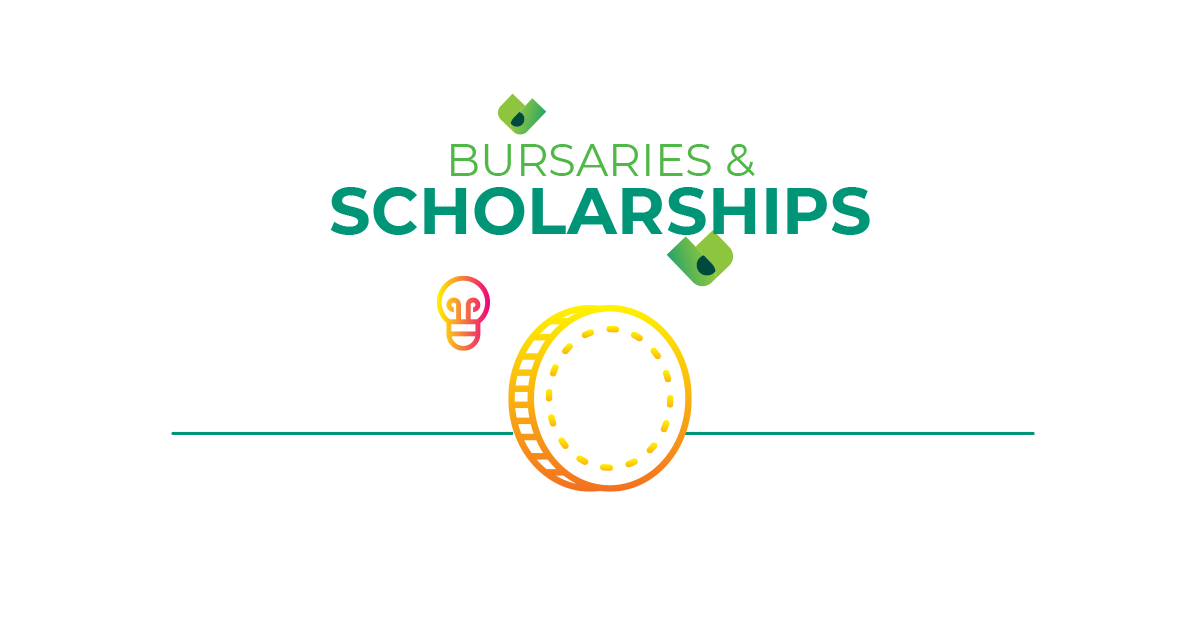Not long ago, the main duty of an ambulance was to rush to the scene of an accident, pick up the patient, and hurry off to the hospital, with the only qualification of the attendant being a drivers license.
Putting a severely injured patient in the back of a poorly prepared or unequipped vehicle proved to be the delivering the casualty expertise to the patient was created and training was introduced at several levels:
a) BASIC AMBULANCE ATTENDANT (BAA): an individual who has completed a specified course that includes instruction in the following:
This is a Basic Life Support (BLS) qualification, which is roughly equal to the EMTB in the United States. In South Africa, this is the minimum qualification for an ambulance crew member. The training consists of a 160-hour course that incorporates lectures and practical simulations.
Basic anatomy and physiology, basic life support (including CPR and first aid), emergency care, the use of ambulance equipment, including Automatic External Defibrillators (AED), and other medico-legal concerns are all covered in the lectures.
The following courses include:
- CPR
- Airway Management
- Basic trauma life support skills
- Emergency Childbirth
- Basic Extrication skills
- Other non-invasive skillsher non-invasive abilities
b) AMBULANCE EMERGENCY ASSISTANT (AEA): a person who has completed a four-month training course at a recognized training center.
This is an Intermediate Life Support (ILS) qualification, which is roughly equal to the EMT-I in the United States, but with some additional competencies. To be eligible for this training, candidates must have a minimum of 1,000 hours of practical experience as a BAA and pass an entrance exam.
Those who complete the more advanced tertiary qualifications may challenge the examination and be certified as an AEA after successfully completing their first or second year of training as an alternative route to certification. This level of training comprises a 470-hour course that includes 240 hours of lectures and practical simulations and 230 hours of experience learning.
AEAs are trained to do invasive procedures such as IV treatment, needle Cricothyroidotomy, and needle Thoracocentesis, as well as electrocardiogram interpretation, manual external defibrillation, and medicine administration.
The course includes the following:
- Intravenous Fluid Therapy
- ECG interpretation & Defibrillation
- One-Man Intermediate CPR Mega codes
- Selective Drug Therapy – 50% Dextrose & Disprin, Beta two stimulants etc.
- Intermediate Rescue & Extrication Skills
c) CRITICAL CARE ASSISTANT (CCA): A person who has completed a nine-month training at the Ambulance Training College.
There is no NQF for this Advanced Life Support (ALS) qualification. It is comparable to the AEMT-CC in the United States. To become a CCA, candidates must pass a 1,200-hour course. They are qualified to execute a wide range of invasive methods, as well as cardioversion and the administration of opioids, sedatives, and other medicines.
The course includes the following:
- Cardioversion
- One Man Advanced CPR
- Basic Medical Rescue
- Drug Therapy
- Advanced Airway management
- Advanced ECG interpretation
- Advanced Obstetrical Emergencies & Treatment
d) National Diploma in EMC (N.Dip EMC): a person who has completed a three-year course at a Technicon and a practical year at a recognized training facility. The course covers all of the topics listed above, as well as:
- Advanced Rescue skills
- Ambulance Technology
- Chemistry & Physics
- Advanced Anatomy & Physiology
e). Bachelors of Technology-EMC (B.Tech EMC)- BTech/BEMC or The clinician qualification, is a four-year professional degree in Emergency Medical Care (Bachelor Emergency Medical Care), and is placed on the Emergency Care Practitioner (ECP) register @as Independent PracAce@ with an expanded scope of practice.
Thrombolysis and Rapid sequence induction are the most notable additions to the stand-alone capabilities. ECPs are additionally trained in their university’s rescue specialties, typically up to the rank of Advanced Rescue Practitioner.
Examples are High Angle II, Motor Vehicle, Fire Search and Rescue, Aviation, Confined Space, Structural Collapse, Industrial and Agricultural, Trench-, Aquatic Rescue, and so on. The advantage of the BEMC qualification is that they may provide a greater level of treatment to their patients since they have been educated to have a broad range of emergency medical knowledge.
The course covers all of the topics listed above, as well as:
- Chemistry & Physics
- Advanced Anatomy & Physiology+
- Advanced Cardiac Life Support and advanced cardiology
- RSI Protocols
f) ECT (Emergency Care Technician) –
This two-year mid-level training concludes on a level just above what many people know as Intermediate Life Support (ILS), but below Advanced Life Support (ALS). This subject is taught in a number of training colleges. They are added to the Emergency Care Technician (ECT) database.




